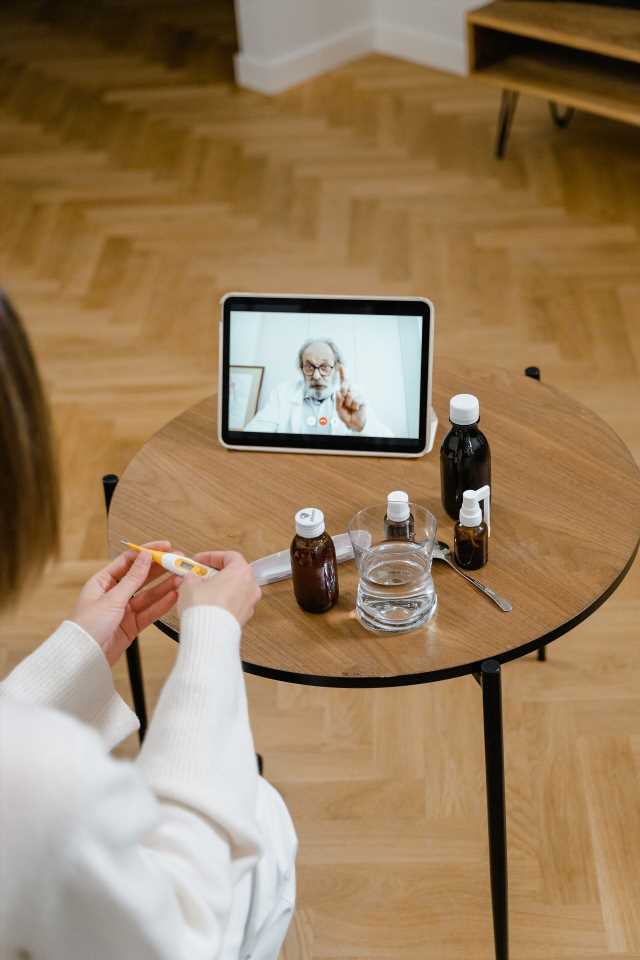
The benefits of telemedicine, which has seen a rapid expansion since the start of the COVID-19 pandemic, benefited some sectors of the population, but research led by a researcher at the University of California, Irvine, shows that the benefits were not evenly felt across all race/ethnic groups. Limited English proficient, medically underserved patients faced several language and socioeconomic barriers that may have compromised the services’ effectiveness.
The study was recently published online in the journal SSM – Qualitative Research in Health.
Prior to the pandemic, telemedicine was an optional, convenient format for doctors and nurses to deliver healthcare and provide advice to patients who desired the convenience of “seeing” their primary care physician or a nurse virtually. With COVID-19, federal and state policy changes were adopted that allowed for the rapid expansion of telemedicine services across the U.S. as temporary measures to mitigate the spread of the virus during the early stages of the pandemic.
“Unfortunately, the convenience of telemedicine wasn’t felt by all groups. Our study highlights the importance of understanding the structural vulnerabilities of patients from marginalized communities, whose perspectives have largely been left out of conversations about this emerging healthcare service,” said corresponding author Denise Diaz Payán, Ph.D., MPP, an assistant professor of health, society, and behavior at the UCI Program in Public Health. “We found that older patients with limited English proficiency and digital literacy faced the greatest barriers in accessing quality telemedicine services.”
Additional findings showed that patients who were older with limited English proficiency tended to dislike or avoid video visits, lack access to devices, and struggle with using the video technology. They found that this group benefitted more from phone visits, which have fewer barriers to access.
The researchers also identified housing as a major barrier to care. Interviews with healthcare personnel revealed that patients who lacked housing were the most marginalized and difficult to reach using any kind of healthcare delivery format. And for those with housing, patients from larger households often lacked the privacy needed to have confidential conversations with their providers.
The team conducted in-depth interviews with healthcare personnel and patients from two federally qualified health centers that primarily serve Chinese and Latino immigrants. Interviewees were asked about their experiences with telemedicine, access to technology and language services, and other resources and needs.
Source: Read Full Article
